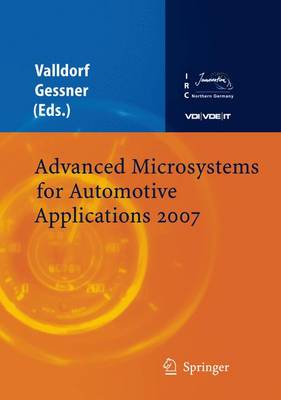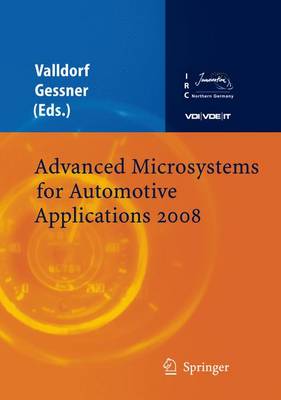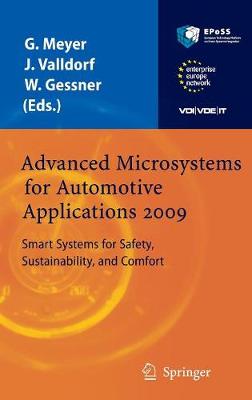VDI-Buch
3 total works
Advanced Microsystems for Automotive Applications 2007
by Jurgen Valldorf and Wolfgang Gessner
From the beginnings of the International Forum on Advanced Microsystems for Automotive Application (AMAA) to the recent 11th AMAA Forum, enormous progress has been made in reducing casualties, emissions and in increasing comfort and performance. In many cases Microsystems provided key functions for this progress. This publication is a cut-out of new technological priorities in the area of microsystems-based smart devices, taking a mid-term perspective of future smart systems applications in automobiles.
Advanced Microsystems for Automotive Applications 2008
by Juergen Valldorf and Wolfgang Gessner


